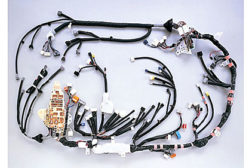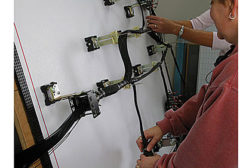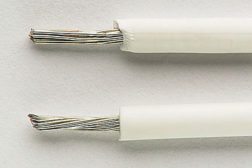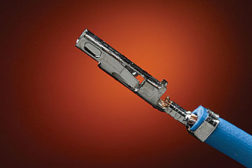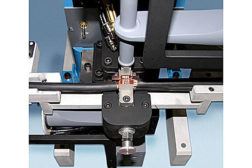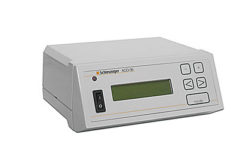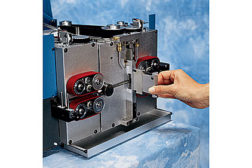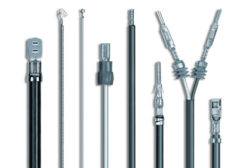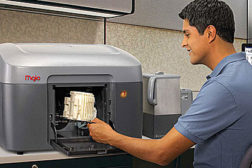Wire Processing Assembly
Toyota has developed a new technology for recycling the copper contained automotive harnesses.
Read More
Robotic Assembly of Automotive Wire Harnesses
New research suggests that six-axis robots can be used to install automotive wiring harnesses.
July 1, 2014
Testing Automotive Wire Harnesses
Today’s testers can quickly perform continuity, hipot and component-specific tests on simple and complex harnesses.
April 1, 2014
Laser Wire Stripping
Lasers are a clean-cut alternative to mechanical blades.
April 1, 2014
Choosing Wire Terminals and Contacts
Wire terminals are available in a wide variety of designs.
April 1, 2014
Does 3D Printing Work with Wiring?
Additive manufacturing can be used to produce connectors and terminals.
October 1, 2013
Get our new eMagazine delivered to your inbox every month.
Stay in the know on the latest assembly trends.
SUBSCRIBE TODAY!Copyright ©2024. All Rights Reserved BNP Media.
Design, CMS, Hosting & Web Development :: ePublishing
